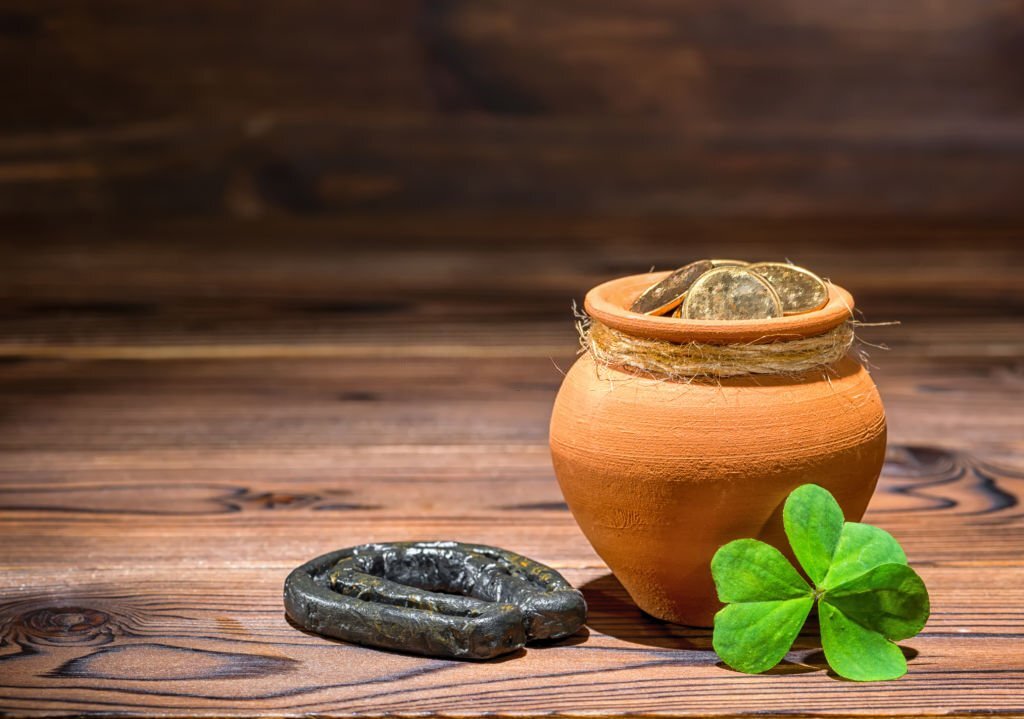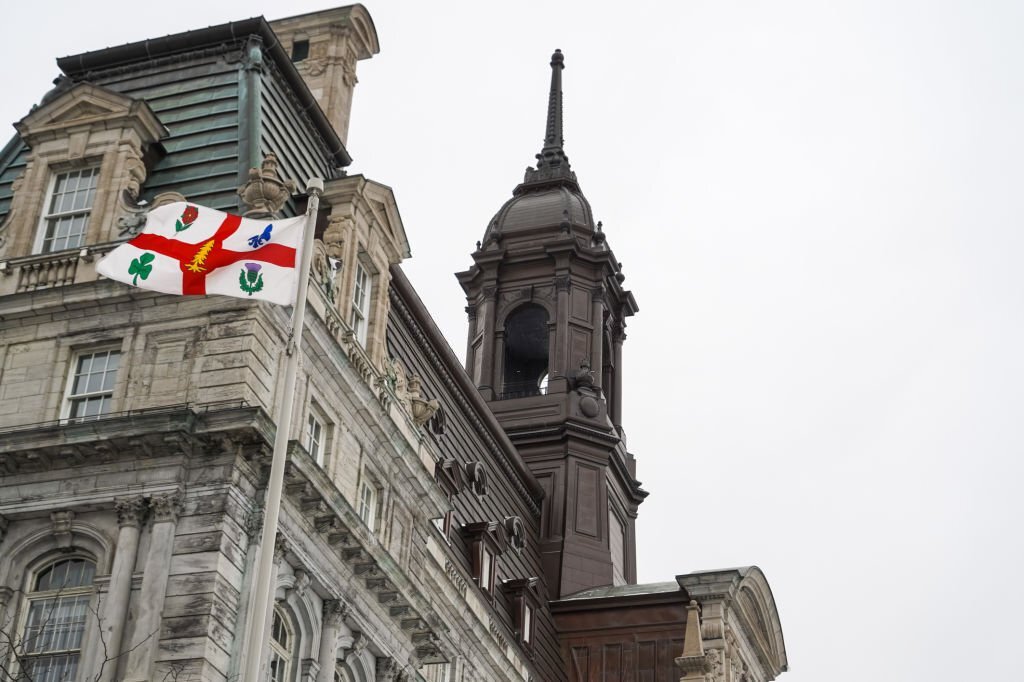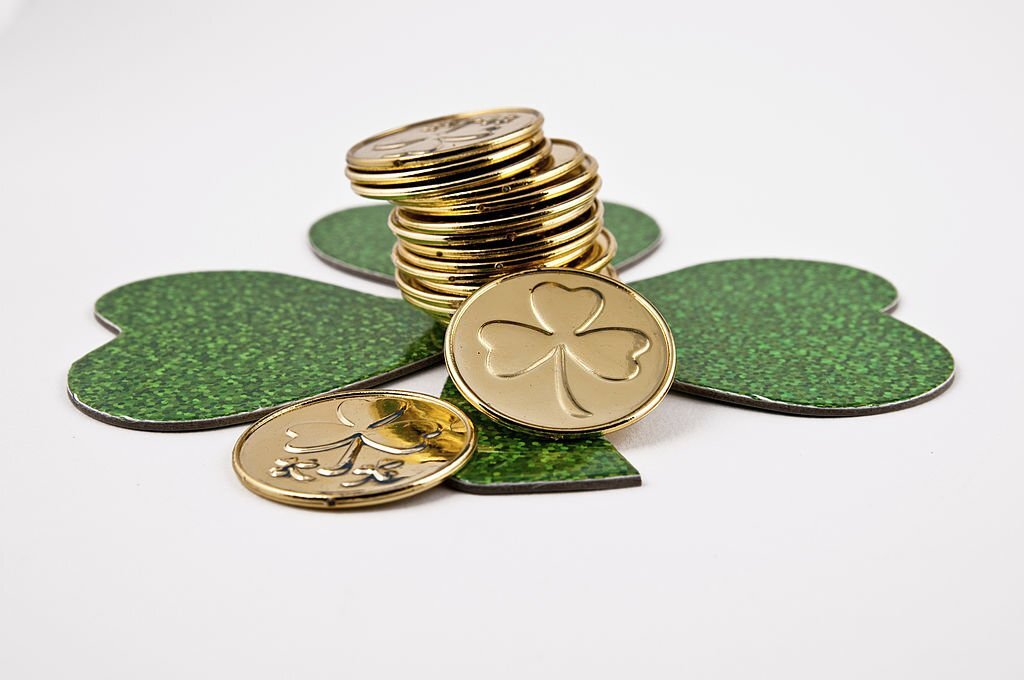Saint Patrick, a revered figure in Irish history and global culture, is renowned for his indelible contributions as a missionary, evangelist, and patron saint of Ireland.
 Celebrated annually on March 17th, the day of his death, Saint Patrick’s legacy is a testament to his pivotal role in the spread of Christianity across Ireland and the preservation of its rich cultural heritage.
Celebrated annually on March 17th, the day of his death, Saint Patrick’s legacy is a testament to his pivotal role in the spread of Christianity across Ireland and the preservation of its rich cultural heritage.
Born in the late 4th century, probably in Roman Britain, Saint Patrick’s early life was marked by adversity. At the age of sixteen, he was captured by Irish raiders and taken to Ireland as a slave.
During his six years of captivity, he underwent a spiritual transformation that would shape his future endeavors. He escaped captivity, returned to his family, and later felt a calling to return to Ireland as a missionary.
Saint Patrick’s most famous contribution is his instrumental role in Christianizing Ireland. Through his tireless efforts, he not only propagated Christian teachings but also incorporated existing Irish cultural symbols and practices into his message.
The most iconic of these is the use of the shamrock to explain the concept of the Holy Trinity, illustrating his ability to bridge the gap between Christianity and native Irish beliefs.
Legend attributes to Saint Patrick the banishment of snakes from Ireland, a symbolic gesture representing the eradication of pagan practices. While this story might be more myth than fact, it speaks to the profound impact he had on transforming Ireland’s spiritual landscape.
If you’re interested in exploring more about the rich history and cultural heritage of different regions, you’ll find the “Best Illinois Historical Highlights” on Tales of Travelers’ page about what Illinois is known for quite intriguing.
This page offers a fascinating glimpse into the historical significance of Illinois, making it a valuable resource for those looking to delve deeper into the state’s heritage.
Contents
- 1 St. Patrick: Exploring the Life and Legacy of Ireland’s Beloved Saint
- 2 Early Life of St. Patrick
- 3 St. Patrick’s Mission and Achievements
- 4 St. Patrick’s Symbolism and Legends
- 5 Cultural Impact of St. Patrick
- 6 St. Patrick’s Contributions Beyond Religion
- 7 St. Patrick in Art and Literature
- 8 St. Patrick’s Enduring Legacy
- 9 Conclusion
St. Patrick: Exploring the Life and Legacy of Ireland’s Beloved Saint
St. Patrick, the beloved patron saint of Ireland, is a figure shrouded in legend and celebrated with great enthusiasm. From his early life marked by capture and enslavement to his pivotal role in spreading Christianity across Ireland, his legacy continues to captivate hearts and minds worldwide. In a similar vein, the highlights from Illinois offer a deep dive into the rich heritage and distinct features of the state.
St. Patrick, the patron saint of Ireland, is a figure whose life and legacy have left an indelible mark on Irish culture and history. Celebrated annually on March 17th, St. Patrick’s Day is not only a religious observance but a global celebration of Irish heritage.
Beyond the festivities and green attire, it’s important to delve into the rich tapestry of St. Patrick’s life, his contributions, and the enduring impact he has had on both Ireland and the world.
Early Life of St. Patrick
 St. Patrick’s journey began in Britain, where he was born to a well-off family. However, his privileged upbringing took an unexpected turn when he was captured by Irish raiders and taken as a slave.
St. Patrick’s journey began in Britain, where he was born to a well-off family. However, his privileged upbringing took an unexpected turn when he was captured by Irish raiders and taken as a slave.
During his years of captivity, Patrick underwent a profound spiritual transformation, ultimately leading him to fully embrace the teachings of Christianity. This newfound faith served as a steadfast source of strength, sustaining him through the grueling trials of slavery and fueling his determination to break free from his captors. If you’re interested in discovering more about the captivating history and unique aspects of Maine, including the stories of individuals like Patrick, delve into Maine’s Fascinating Facts on Tales of Travelers, where you can explore the rich tapestry of this remarkable state.
St. Patrick, the patron saint of Ireland, is widely celebrated for his role in spreading Christianity throughout the Emerald Isle and for his legendary feat of banishing snakes from the land.
However, before becoming a prominent figure in Irish history and culture, Patrick led a life filled with trials, transformations, and a deep spiritual journey.
St. Patrick’s Mission and Achievements
St. Patrick, the patron saint of Ireland, is celebrated for his extraordinary mission and the enduring impact he has had on the cultural, religious, and social fabric of the Emerald Isle and beyond. This article explores the life, mission, and notable achievements of St.
Patrick, shedding light on his pivotal role in spreading Christianity, his dedication to advancing education, and his lasting legacy. To delve deeper into the influence of figures like St. Patrick on the world stage, you can also read about Hollywood’s Impact.
St. Patrick, born around AD 385, originally named Maewyn Succat, hailed from a Romano-British family. At the tender age of 16, he was kidnapped by Irish raiders and taken as a slave to Ireland. It was during his captivity that he found solace and strength in his Christian faith, a faith that would eventually shape his destiny.
St. Patrick’s Symbolism and Legends
 Among the many legends surrounding St. Patrick, the story of him driving out snakes from Ireland stands out. While it’s unlikely that there were ever snakes in Ireland, this tale symbolizes his mission to rid the land of pagan influences.
Among the many legends surrounding St. Patrick, the story of him driving out snakes from Ireland stands out. While it’s unlikely that there were ever snakes in Ireland, this tale symbolizes his mission to rid the land of pagan influences.
The shamrock, a simple three-leafed plant, became another powerful symbol of his teachings, representing the Father, Son, and Holy Spirit in one entity. Additionally, St. Patrick is often associated with the Celtic cross, a blend of Christian and Celtic symbolism.
St. Patrick, the patron saint of Ireland, is a figure shrouded in symbolism and surrounded by a multitude of legends. Celebrated every year on March 17th, St. Patrick’s Day has become a global celebration of Irish culture and heritage.
Beyond the parades, green attire, and festivities, St. Patrick’s life and legacy hold a deep well of symbolism and myths that continue to captivate the imagination of people worldwide. In this article, we will delve into the rich symbolism and legends associated with St. Patrick.
Cultural Impact of St. Patrick
St. Patrick’s Day, celebrated on March 17th, is a global phenomenon. What began as a religious feast day to honor his memory has transformed into a lively celebration of Irish culture.
Parades, festive gatherings, and traditional Irish foods mark the occasion. Interestingly, the first St. Patrick’s Day parade actually took place in the United States, where Irish immigrants sought to showcase their heritage
St. Patrick, the patron saint of Ireland, is celebrated not just for his religious endeavors but also for the profound cultural mark he left on Ireland and the broader world. While he is predominantly known for introducing Christianity to Ireland in the 5th century, his legacy is reminiscent of the rich histories and unique attributes that define places globally, much like what makes Delaware unique.
Patrick extends far beyond the religious sphere. This article delves into the cultural impact of St. Patrick, exploring how his life and the traditions associated with him have shaped Irish culture and gained global recognition.
St. Patrick’s Contributions Beyond Religion
 St. Patrick’s influence extended beyond religion. He introduced the art of writing to Ireland, thereby preserving the rich tapestry of Irish myths and legends.
St. Patrick’s influence extended beyond religion. He introduced the art of writing to Ireland, thereby preserving the rich tapestry of Irish myths and legends.
His efforts laid the foundation for a unique literary tradition that thrives to this day. Moreover, his missionary work helped shape Irish society, paving the way for a predominantly Christian nation.
St. Patrick, the patron saint of Ireland, is widely known for his role in spreading Christianity throughout Ireland in the early 5th century. However, his influence extends far beyond his religious contributions. While his spiritual legacy remains paramount, St.
Patrick’s impact goes beyond the realm of faith, touching various aspects of culture, education, and folklore. This article delves into some of the lesser-known contributions of St. Patrick that have left an indelible mark on history.
St. Patrick’s arrival in Ireland led to a merging of Celtic and Christian traditions. His ability to bridge the gap between the local customs and the newly introduced Christian beliefs played a significant role in the integration of these cultures.
This synthesis not only shaped Irish spirituality but also laid the foundation for a unique cultural identity that is celebrated to this day.
St. Patrick in Art and Literature
St. Patrick, the patron saint of Ireland, is a figure deeply embedded in both the historical and cultural fabric of the Emerald Isle. Through the centuries, his legacy has been vividly portrayed and celebrated in various forms of art and literature.
This article delves into the representations of St. Patrick in visual arts, literature, and how his mythos has contributed to the creation of a vibrant cultural tapestry.
From illuminated manuscripts to grandiose paintings, St. Patrick has been depicted in diverse ways in visual arts. The Book of Kells, a renowned medieval manuscript, features intricate illustrations of the saint’s life and miracles. In a similarly awe-inspiring fashion, Maine’s rugged landscape boasts its own set of wonders. Explore these natural wonders of Maine, where nature’s artistry takes center stage. For more insights on what Maine is known for, check out this informative page: Natural wonders of Maine.
Patrick driving out snakes, using the shamrock to explain the Holy Trinity, and baptizing converts have been captured on canvas by artists across different eras.
These artistic interpretations not only reflect the religious significance of St. Patrick but also demonstrate the evolution of artistic techniques and styles over time.
St. Patrick’s Enduring Legacy
 The legacy of St. Patrick, the patron saint of Ireland, continues to captivate and inspire people around the world. Celebrated annually on March 17th, St. Patrick’s Day is a testament to the enduring impact of this legendary figure.
The legacy of St. Patrick, the patron saint of Ireland, continues to captivate and inspire people around the world. Celebrated annually on March 17th, St. Patrick’s Day is a testament to the enduring impact of this legendary figure.
But beyond the festivities and green attire lies a deeper and more profound legacy that encompasses culture, spirituality, and history.
St. Patrick, a 5th-century figure, is celebrated for introducing Christianity to Ireland. His incredible life journey, from being enslaved by Irish raiders to returning as a missionary, is a testament to his faith and determination. Explore more must-see sites like this in Reno to embark on your own transformative travel experiences.
Through his teachings and tireless efforts, he played a pivotal role in converting the pagan population of Ireland to Christianity. His legacy is not just about the religious conversion, but also about fostering a sense of unity among the Irish people through a shared faith.
The iconic symbol associated with St. Patrick, the three-leafed shamrock, is said to have been used by him to explain the concept of the Holy Trinity – Father, Son, and Holy Spirit.
This simple yet profound illustration became a symbol of Irish identity and is still widely recognized today. The shamrock’s connection to St. Patrick underscores his ability to convey complex theological concepts in a relatable manner.
Conclusion
In the tapestry of history and folklore, the name of St. Patrick emerges as a symbol deeply intertwined with shamrocks and snakes. Revered as the patron saint of Ireland, St. Patrick’s legacy extends beyond his religious significance.
The image of the shamrock, delicately gracing his teachings, stands as a representation of the Holy Trinity, echoing his efforts to spread Christianity.
Meanwhile, the tale of banishing snakes from Ireland serves as a captivating metaphor for his triumph over pagan beliefs. These intertwined elements have not only contributed to the veneration of St. Patrick but have also become emblems of Irish culture and identity worldwide.
From the verdant fields of Ireland to the exuberant celebrations on St. Patrick’s Day, the enduring resonance of shamrocks and the absence of snakes in the Irish landscape celebrate the saint’s enduring influence.
St. Patrick’s story, adorned with these symbols, continues to be a source of inspiration, cultural pride, and faith for generations, a testament to the lasting power of allegorical narratives in shaping collective memory.

